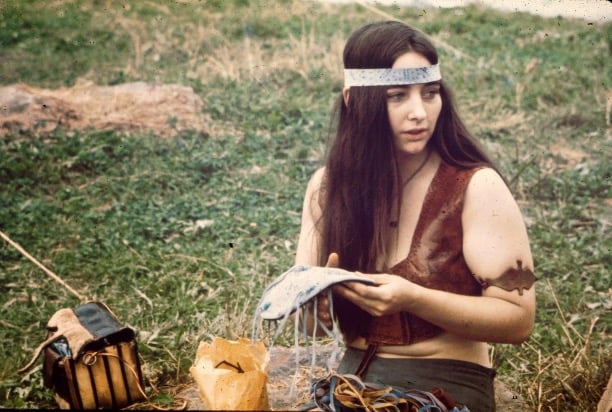
Photo: vintage everyday
6. The birth of a legend
People nationally attended the music festival in upstate New York. Nobody could have predicted that it would become one of the most iconic concert series in history. And let’s be honest, you wouldn’t want to miss a concert with 33 of your favorite artists, would you? This event was going to be one of the biggest concerts yet.
Just think about it! Thousands of people congregated in one location for three days, all to see your favorite singers perform? The anticipation was palpable, the performances were legendary, and the crowd did not disappoint, cheering and partying for three days. The festival’s original location is now home to the Bethel Woods Center for the Arts, which hosts performances throughout the year.
7. All aboard the "Mary Jane" bus
The hippie subculture is known for its music as much as it is for its drug use. Drugs went hand in hand with the theme. Hippies would party hard. During the festival, it can be estimated that over half of the attendees consumed marijuana, although no one got arrested. Half of the time, people were intoxicated, mostly with liquor or marijuana.
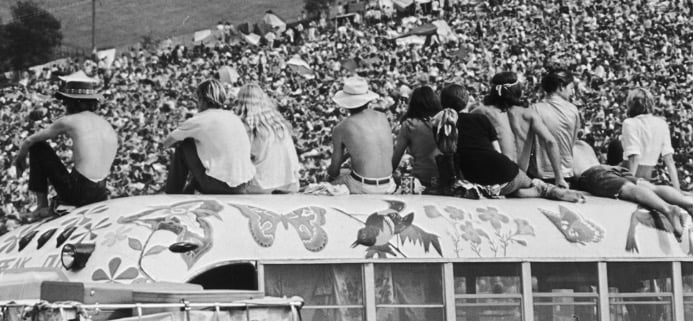
However, there were surprisingly no known incidents of violent mugging or any uncouth behavior. Drug users, especially drunks, were perceived as violent individuals; this event was an exception or perhaps disproved the myth. However, at least two births were registered.
8. Overwhelming numbers
Everything was in short supply since the event organizers were unprepared for as many people as Woodstock. The numbers that turned up were many times well over the anticipated crowds, which was good news, of course, but caught the event organizers off guard.
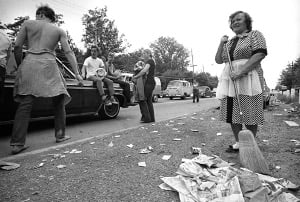
Food (breakfast meals, lunch, and dinner), drink (beer, liquor, water, fruit juices, punches, other beverages), medical supplies, and facilities were in short supply. Still, because of the communal spirit, everyone managed to get by just fine—as you’ll discover as you keep reading through this list!
9. Off-camera memories
Only a fraction of the 33 artists who performed at the event got to be in the footage that later turned into the Woodstock documentary, which is how most people are familiar with the concerts today.
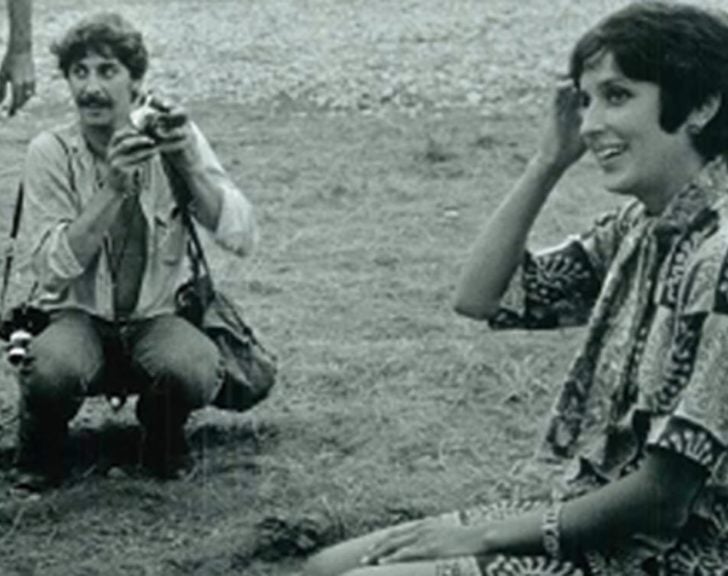
Some, such as Joan Baez, featured above, will be eternally connected with the Woodstock music festival. Others, for example, Sly and the Family Stone, were not included in the film’s final cut and are quickly forgotten or thought not to be there. But recorded or not, the memory of the event lives on to this date.
10. Pay me upfront first
For the whole length of the event, music was played continuously, both day and night, ensuring that there was never a boring moment at Woodstock. Nevertheless, behind closed doors, the organizers came perilously close to putting an immediate stop to all activities.
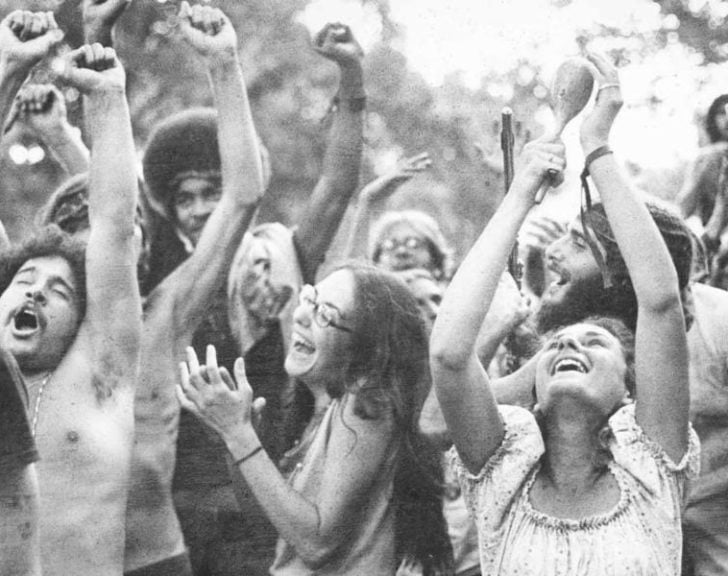
In order to accommodate the huge number of spectators who turned up unexpectedly, several artists insisted on being paid in cash before entering the stage—which necessitated them visiting a neighboring bank that was open on a Saturday in order to acquire the necessary funds.